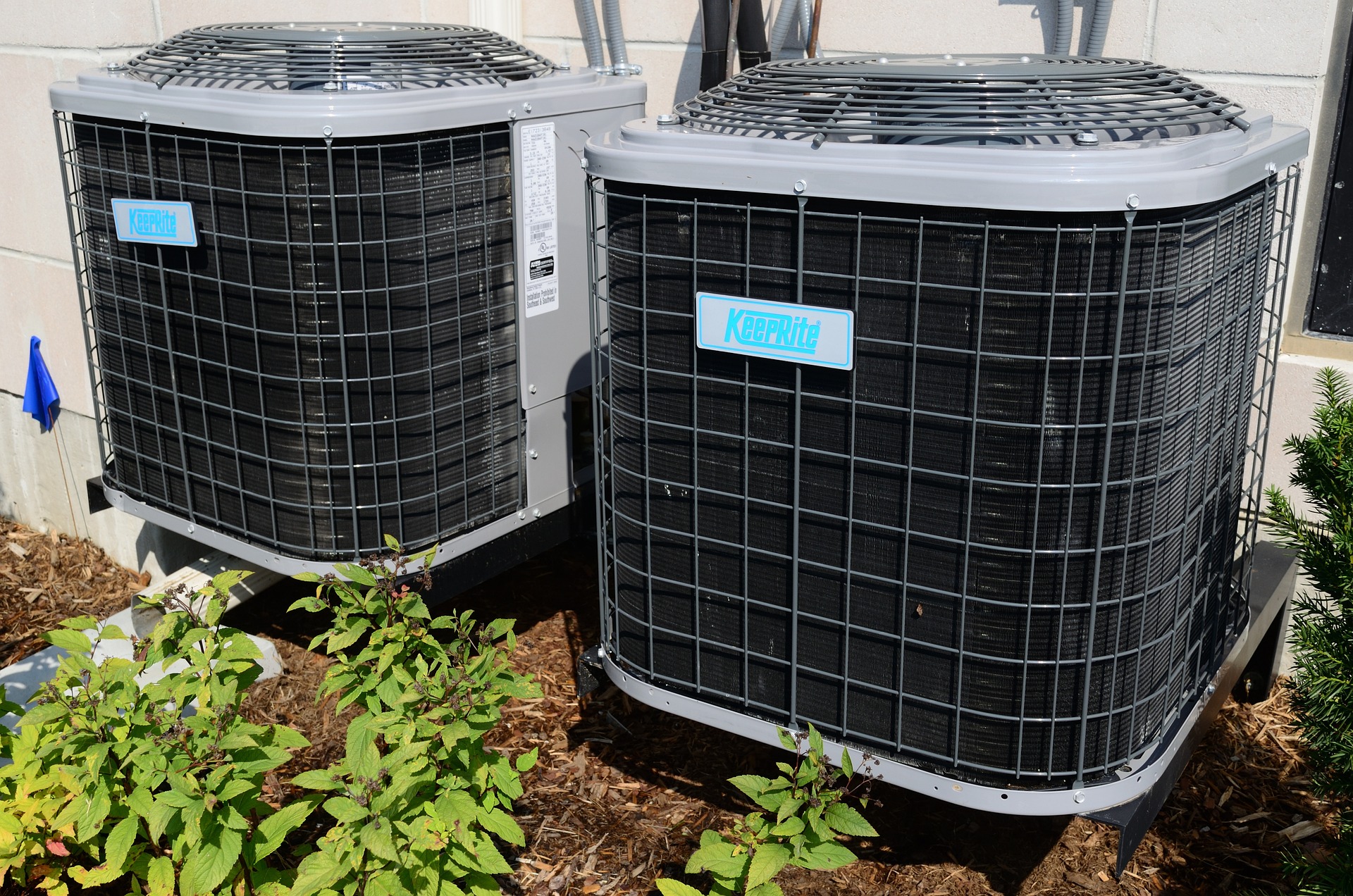Master Your HVAC: A Practical Home Comfort Guide
Learn how HVAC systems deliver heating, ventilation, and air conditioning to keep indoor spaces comfortable year-round. This guide breaks down core components, signs you need a professional, maintenance tips, cost estimates, energy-saving upgrades, and crucial safety steps to protect your family and investment. Ideal for homeowners and business operators seeking practical HVAC advice and efficiency strategies.

Key HVAC Components and What They Do
An HVAC system combines several pieces of equipment to control indoor climate and air quality. At the center is the thermostat, the user interface that tells the system when to heat or cool. For warmth, many homes use a furnace (gas, electric, or oil-fired); for cooling, a central air conditioner or a heat pump removes heat and humidity. Ductwork carries conditioned air through living spaces, while return ducts bring air back to the system for reconditioning.
Beyond these primary elements, systems often include air filters to trap dust and allergens, humidifiers or dehumidifiers to manage moisture levels, and exhaust or ventilation fans to improve fresh air exchange. Every component contributes to comfort and indoor air quality, and neglecting any one part can reduce efficiency and lifespan.
Signs You Should Call an HVAC Technician
Some maintenance tasks are safe for DIYers—like swapping filters—but many issues require a certified technician. Schedule a professional for annual inspections and whenever you notice persistent problems. Immediate service is advisable if you hear unusual noises (clanking, banging, or hissing), experience inconsistent temperatures across rooms, see a sudden spike in energy bills, or detect poor indoor air quality such as increased dust, odors, or humidity issues.
Licensed technicians can accurately diagnose electrical and refrigerant issues, test for gas or carbon monoxide leaks, and perform repairs that meet local codes. Bringing in a pro early often prevents minor problems from escalating into costly failures.
Maintenance Tasks, Timelines, and Typical Costs
Routine upkeep keeps systems running efficiently and extends equipment life. Some standard tasks and their typical timing or cost ranges include the following.
| Service Type | Frequency | Average Cost Range |
|---|---|---|
| Routine Maintenance | Twice yearly | $75-$200 |
| Filter Replacement | Every 1-3 months | $20-$60 |
| System Tune-up | Annually | $100-$300 |
| Emergency Repairs | As needed | $200-$1,500+ |
Prices, rates, or cost estimates mentioned in this article are based on the latest available information but may change over time. Independent research is advised before making financial decisions.
Basic seasonal checks typically include cleaning coils, inspecting belts and electrical connections, checking refrigerant levels, and testing thermostat calibrations. Filters should be inspected monthly and replaced according to manufacturer recommendations—more often if you have pets or allergies. Annual tune-ups often uncover small issues before they require emergency service, which is generally much more expensive.
Improving Energy Efficiency and System Performance
Upgrades and behavioral changes can lower energy use and utility bills. Installing a smart or programmable thermostat lets you reduce heating and cooling when spaces are unoccupied. Zoning systems divide a building into independently controlled areas, preventing wasted conditioning of unused rooms. Replacing aging equipment with high-efficiency furnaces, air conditioners, or heat pumps usually reduces operating costs though it requires higher upfront investment.
Other cost-saving measures include sealing and insulating ductwork and the building envelope, ensuring adequate attic insulation, and shading outdoor equipment from direct sun. Regular maintenance—clean filters, properly charged refrigerant, and well-lubricated motors—keeps systems operating near their rated efficiency.
Safety Considerations to Keep in Mind
Safety must be a priority when using and servicing HVAC equipment. Gas furnaces need periodic inspections to detect leaks and ensure safe combustion. Electrical components should be checked for loose connections or worn wiring that could pose fire hazards. Carbon monoxide is an odorless, potentially lethal byproduct of faulty combustion; install detectors near sleeping areas and close to heating equipment.
Never attempt major repairs involving gas lines, refrigerant handling, or complex electrical work unless you are certified to do so. Improper work can create safety risks and may void warranties or violate local codes. Use qualified, licensed technicians who can provide documentation of work and compliance with regulations.
Making the Most of Your HVAC Investment
Adopt a proactive approach: schedule routine inspections, replace filters regularly, and act promptly when performance declines. Keep records of service and equipment age to make informed decisions about repairs versus replacement. When upgrading, prioritize energy efficiency and appropriate sizing—oversized units cycle inefficiently, and undersized units struggle to maintain comfort.
With basic knowledge of the main components, clear signs for professional intervention, sensible maintenance practices, and attention to efficiency and safety, homeowners and business operators can keep HVAC systems running reliably and economically for years.






